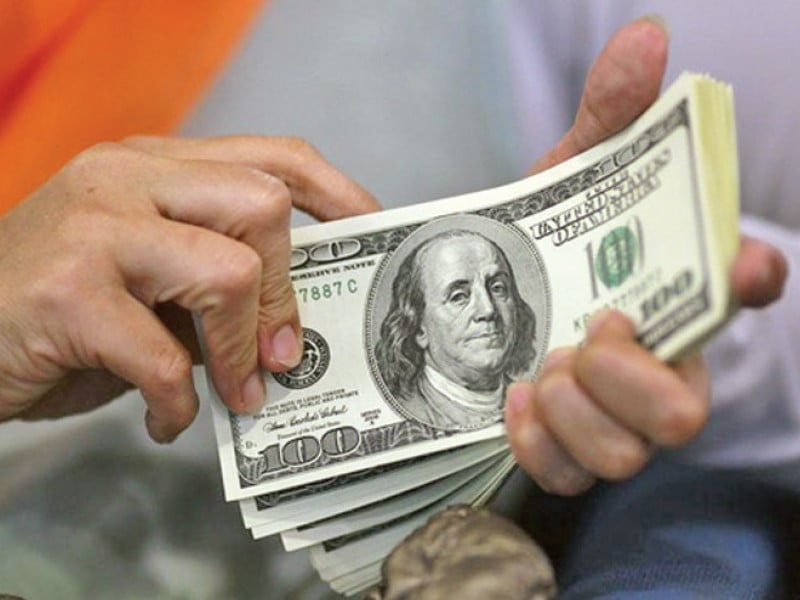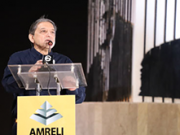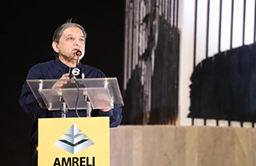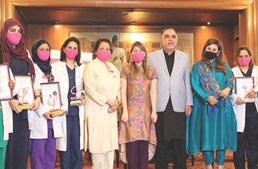LAHORE:
Pakistan is caught in a trap with low growth, and the new budget basically makes spending more expensive by borrowing more money and making taxes more expensive.

The payments on borrowing, which currently account for 57% of the total expenditure, simply rise as a result of increasing expenses based on extensive borrowing. It is evident that this policy is wasteful and unsustainable; Consequently, this twisted Gordian knot must be cut.
This is the core of a report published by the Lahore School of Economics and titled “State of Pakistan’s economy, growth, inflation, welfare, and budget 2024–25.”
The report says that the budget for fiscal years 2024 and 2025 is very ambitious, with spending going up from Rs14.5 trillion (in FY24) to Rs18.9 trillion. This is because the budget’s base, tax revenue, is expected to rise from Rs9.4 trillion last year to Rs12.9 trillion this year, a lofty goal that is Rs3.6 trillion higher.
Without any economic argument or background, the requirement to raise the tax burden to more than 10% of GDP is accepted. The economy is already in a low-growth trap because investment is falling and capital outflows are rising.
According to the report, “with the economy running solely on agriculture and large-scale manufacturing contracting in the last two years, increasing the tax take will not reverse this low growth trap.”
That is unreasonable valuing strategy in a market economy. The goal of the budget is to balance the need for spending with the lack of revenue. Incomes in the last financial year contained just 48.2% of the complete spending plan, requiring dependence on getting the greater part, 51.8%, of the financial plan.
This is largely due to the fact that all of the federation’s revenues have been transferred to the provinces. As a result, the federation only has 1% of the total budget’s revenues, and it is completely dependent on borrowing money to meet its spending commitments.
The report stated that the ambitious revenue target for FY25, which represents 55% of the budget, aims to reduce borrowing to 45%. Spending for FY25 has increased to Rs18.9 trillion from Rs14.5 trillion in FY24, a nearly 30% increase. This significant increase in expenditures is wasteful due to the reliance on borrowing.
The biggest ticket thing in the ongoing use keeps on being the reimbursement for acquiring, ascending from 54.8% of absolute consumptions last year to 56.8% this year.
There are two imperatives for the economy, according to the report. The first is less spending and borrowing. It is neither sustainable nor rational to increase spending, of which borrowing accounts for more than half. As a result, spending must be reduced and the deficit reduced.
The second is creating development, yet in the event that fundamentally expanded tax collection is a disincentive to development, once more, consumptions should be brought down to more readily match the current tax assessment. Assuming there are a uses that should ring fenced, exigencies of the state ring a bell, welfare does as well.
Welfare needs to take center stage. Incomes have decreased, particularly for those in the lowest decile of the income distribution, as a result of inflation, which peaked at 33% in FY 2022-23.
The percentage of the population living in poverty has gone from 5% in FY 2019-20 to 9% in FY 2021-22, then doubled to 18% in FY 2022-23.
According to the LSE’s estimation, it will take 10% of revenues in unrecognized transfers to eradicate extreme poverty. If this is too much for a developing economy, an estimate of a more manageable amount can be made right away.
“We have assessed that the poor spend a fourth of their caloric bushel on wheat and bread. The report added, “This makes the first step in eradicating poverty the expenditure of 2.5% of revenues on the provision of free wheat to the means-tested poor population.”










































